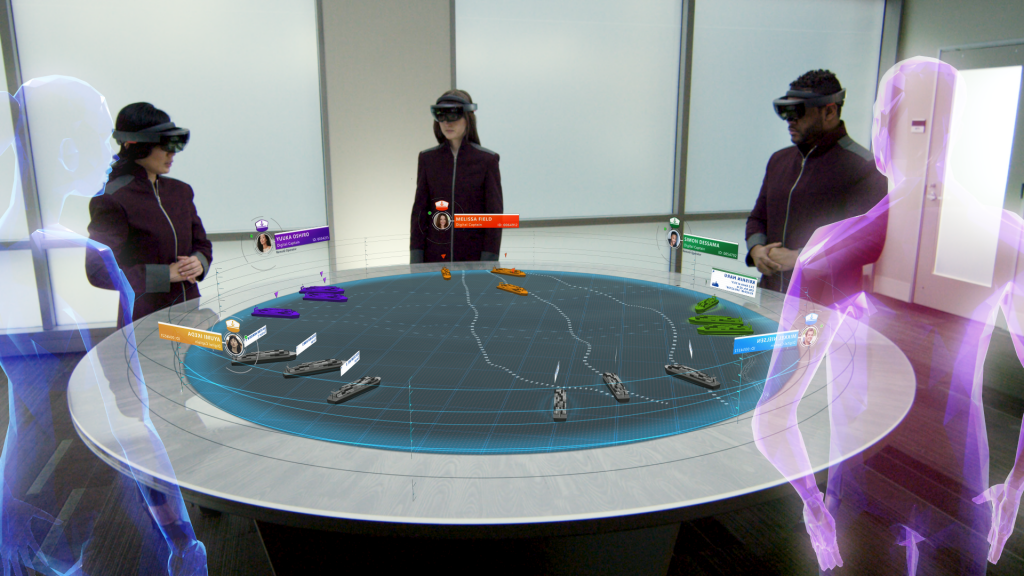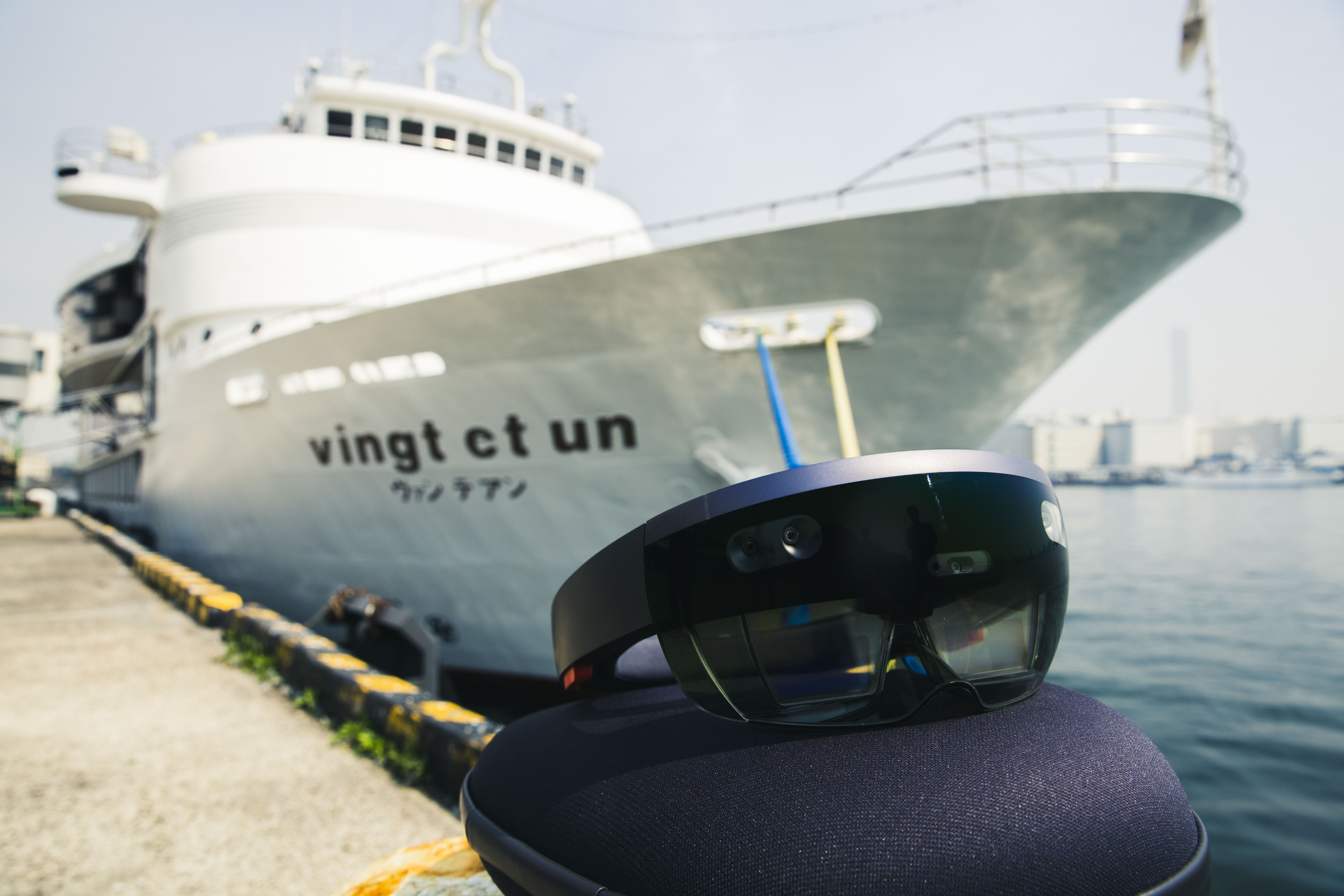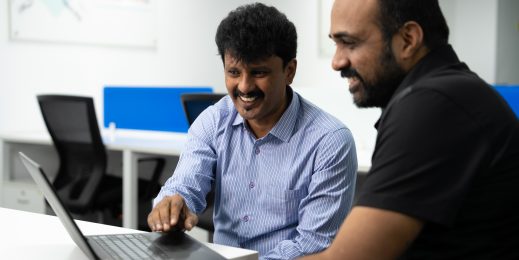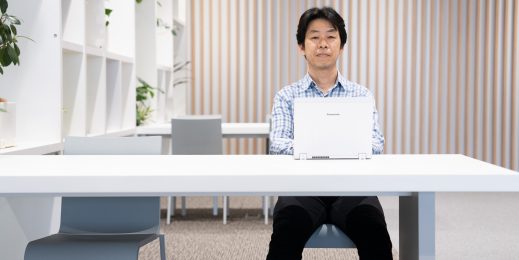
Technology and the sea: Autonomous ships and digital captains
Imagine a future with self-navigating ships. As they ply the ocean autonomously their “digital captains” are far away on dry land, keeping watch remotely with mixed reality (MR) and artificial intelligence (AI) technologies.
JRCS – a major Japanese maritime services company – believes it can make this a reality within the next 12 years. With the help of Microsoft, it has just launched an ambitious plan to digitally transform the global shipping industry.
In a series of initial steps, JRCS is deploying MR, the Internet of Things (IoT), and AI to change how shipping crews are trained, how ships are maintained, and how navigational safety and standards are promoted and enforced.
It sees digital transformation as the key to a safer and more efficient maritime industry, which is facing economic and demographic challenges on the horizon.
ALSO READ – AI and cargo shipping: Full speed ahead for global maritime trade
As an island nation, Japan depends on marine transport for 99.7% of its overseas trade. And, it is no exaggeration to say merchant shipping underpins the world’s third-largest economy. The problem is Japan’s seafaring population is ageing and, consequently, its merchant fleet faces a chronic shortage of mariners.

In response, JRCS has partnered with Microsoft Japan to push digitally led workstyle innovation across the world’s shipping and marine sectors. They are now jointly testing a arrange of new systems powered by Microsoft’s Azure cloud. All are designed to meet provisions under the 1978 International Convention on Standards of Training, Certification, and Watchkeeping for Seafarers to keep the shipping environment safe and the oceans clean.
JRCS says Microsoft HoloLens – which blends the real and virtual worlds to create a mixed reality for users – will be a prime tool. HoloLens is a first-ever self-contained holographic computer that can be used wirelessly without the need to connect external devices such as mobile phones and personal computers. It provides a new means of deploying holograms in real-world physical environments to view the resulting mixed reality and manipulate digital contents within that world.
ALSO READ: Embarking on a never-ending digital transformation journey
“We want to reform the workplace, especially for maritime employees at JRCS. I am convinced that HoloLens is the device that will enable us to make that change,” said Koichiro Kondo, JRCS Managing Director. “As a result, we should be able to digitally transform the entire industry.”
A major step will be in training programs, which until recently were limited by the capacity of its physical facilities at its headquarters in the city of Shimonoseki in the prefecture of Yamaguchi. Among other things, foreign customers often found it difficult to send their staff to Japan for courses.
One of the key attributes of HoloLens is its ability to allow multiple users in different locations to see the same mixed reality scenarios simultaneously. And, Atsushi Sora, the Chief Digital Officer at JRCS, immediately saw an opportunity. “When I first saw HoloLens, I was both impressed and moved,”
JRCS hopes to have the new system, which it calls INFINITY Training, up and running next year. It will use MR and AI to train both seafarers and land-based supervisors. It will enable seafarers throughout the world to participate in equipment and systems courses at any time, irrespective of their location. The problem of language differences will also be addressed by Microsoft Translator, which can interpret in real time.
“By using HoloLens everyone can share the space,” Sora said. “Conducting training sessions remotely removes many obstacles such as distance, time, and costs. I believe that technology needs to be easy for everyone to use. HoloLens can make training faster, more accessible, essentially removing all the barriers. I believe it will play a big role in the future of the maritime industry.”
ALSO READ: Mixed Reality Museum: A unique insight into centuries-old Japanese artwork
There are also major gains to be made in the use of HoloLens in remote maintenance. JRCS’s INFINITY Assist program will use MR, IoT, AI and other emerging technologies to lighten seafarer workloads. It will also reduce the risks of injury and human error. By donning HoloLens headsets, engineers will be able to reference maintenance procedures displayed over their visors as they work. JRCS plans to commercialize a maintenance application for its high voltage switchboards by the end of 2019 and will add further services from 2020 onward.
“When it comes to vessel operations, safety and peace of mind are very important. This has to do with people’s lives. By using a HoloLens digital interface, engineers can access important information from anywhere aboard the vessel,” said Sora.

But perhaps the most far-reaching change has yet to come.
JRCS is aiming to introduce and operate self-navigating vessels by 2030 through its planned INFINITY Command Service that will leverage Microsoft technologies – such as the Internet of Things (IoT), AI and big data – to enable “digital captains” to undertake the duties of ship captains. They will control multiple vessels from land, using HoloLens to share 3D charts with other digital captains in remote locations and check sea routes, weather, submarine topography and other information.
AI will enable a digital captain at the holographic command center to conduct vessel operations with higher accuracy, safety, and efficiency.
“With HoloLens, JRCS will change the way maritime distribution is done by interfacing with autonomous vessels,” Sora said. “What we envision is a holographic command center where digital captains can operate vessels with safety and efficiency. AI will enable a digital captain at the holographic command center to conduct vessel operations with higher accuracy, safety, and efficiency.”
While innovative technology is being used to overcome a dwindling pool of maritime specialists, managing director Kondo also believes it will revitalize the industry as a career option for young people.
“We hope that the advancement of digital technology will encourage and entice the next generation to become interested in the maritime industry. HoloLens will bring everyone, not only our employees, a new and happier work experience.”
ALSO READ: Mixed reality and medicine: Surgery with no surprises















